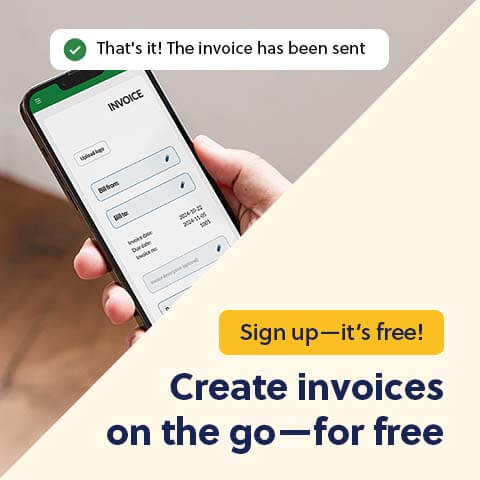A sales document is any kind of document that proves that a sale took place, such as an invoice or a receipt.
When you sell goods and services to your clients, you have to provide them with documentation. You use a receipt if the customer paid you—either with cash or card—at the point of sale. You use invoicing if the client pays you afterwards.
You also have to make sure to get a sales document when you buy goods or services from your suppliers.
Why sales documentation matters
First of all, if a client pays for your goods and services after the sale, you have to send them an invoice in order to get paid.
You’re also legally required to provide the client with a sales document that shows what was sold and the total amount. And when you bookkeep the sale, you have to attach an invoice or a receipt to verify the amount, or store the invoice or receipt somewhere you can retrieve it easily.

Issuing a sales document is extremely important both for you to get paid, and to comply with laws and regulations.
Additionally, the client probably wants the sales document for their own record, and they need it if they’re going to return items or make a warranty claim.
How to make a sales document
Usually you need invoicing software or a point of sale system (POS), to create a valid sales document. You can use invoice pads or receipt pads, but it’s gonna require more manual work for you, both to issue invoices and receipts, and to follow up on them afterwards.
Besides, using pen and paper isn’t going to look as professional as using software. With software you can also be assured that all the essentials are included:
- Date of purchase.
- Invoice number or receipt number
- Your business name, business number, and contact details
- The client’s name or business name, and details
- A description of the goods or services, as well as their quantity, amount or scope
- The place and time of delivery.
- The price, including consumption tax, if applicable
Do you need invoice software? You can send professional invoices with the free invoicing software from Conta. It’s easy, quick, and professional.
